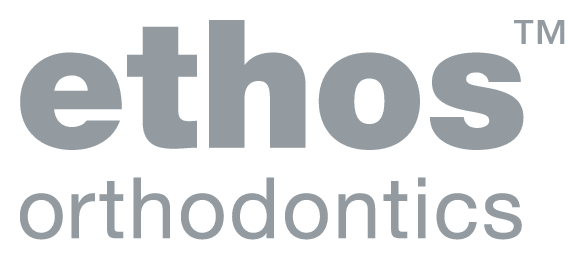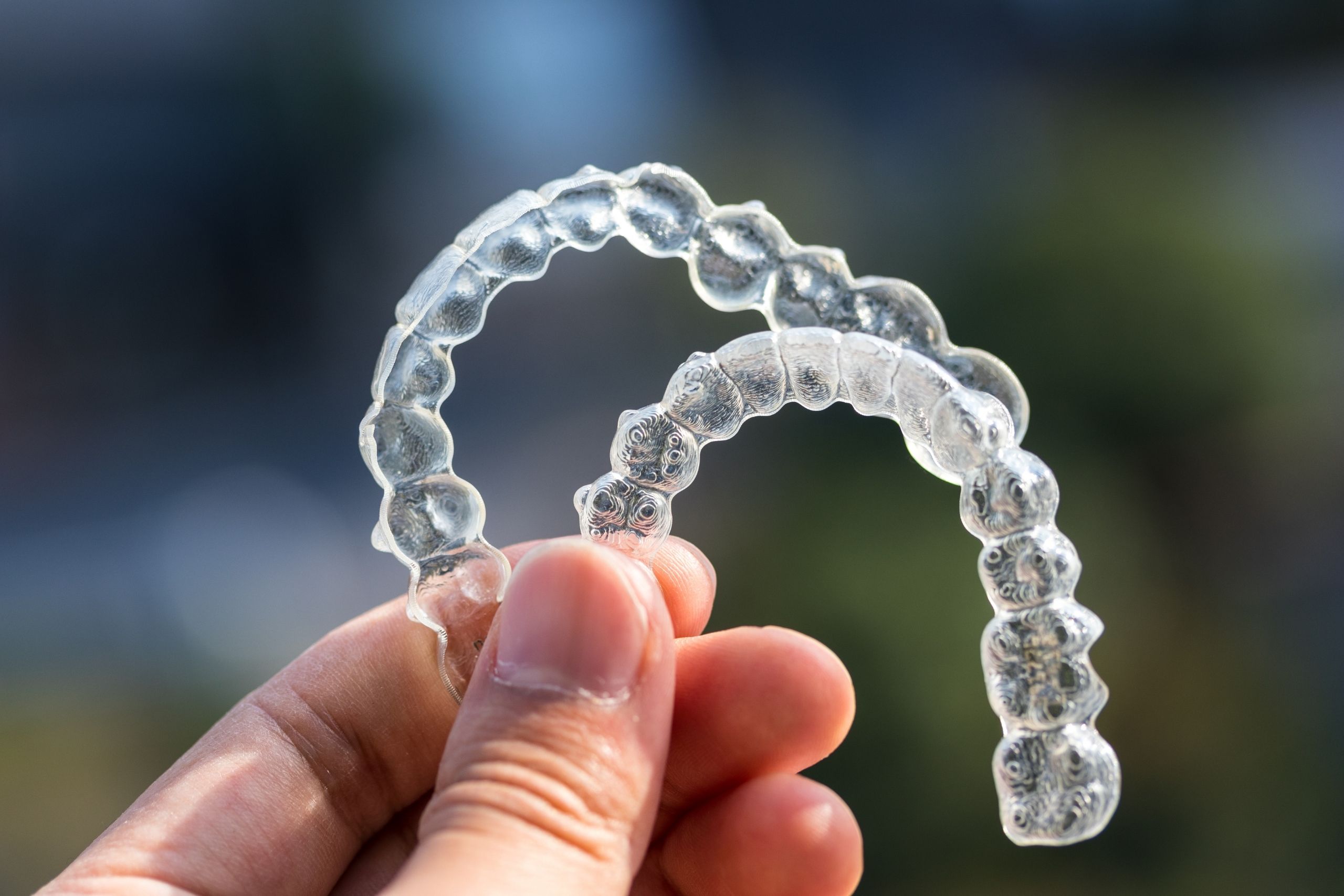Invisalign vs braces: which is better for adults?
Orthodontic treatment is no longer just for children or teenagers, with more adults choosing to straighten their teeth, improve their bite and boost their confidence at all stages of life. Two of the most popular treatments for adults are Invisalign (clear aligners) and traditional braces.
Both are highly effective, but they differ in cost, lifestyle, appearance and suitability for certain cases. If you’re wondering which treatment is right for you, this article breaks down Invisalign vs braces for adults and covers costs, results and what life looks like during treatment.
How much does Invisalign cost in Australia?
One of the first questions most patients ask is: how much does Invisalign cost? The answer depends on the complexity of your case and the length of treatment, but here are some ballpark figures:
On average, Invisalign in Australia usually ranges between $7,500 and $10,500, placing it in a similar price range to braces. Prices may vary slightly depending on location and private health insurance, with orthodontic cover sometimes reducing out-of-pocket costs.
How does Invisalign work?
Invisalign uses a series of clear, removable aligners designed specifically for your teeth. Each aligner is worn for one to two weeks before switching to the next in the series. The aligners gradually move your teeth into the desired position.
Benefits of Invisalign include:
- Almost invisible appearance, perfect for those who want discretion.
- Removable when eating, drinking, brushing and flossing.
- Comfortable, with no wires or brackets to irritate the mouth.
- Easier oral hygiene compared to braces.
- Fewer dietary restrictions.
However, Invisalign success relies on consistency. Aligners must be worn for 20–22 hours per day. If you forget to wear them or take them out too often, treatment can take longer or be less effective.
How much do braces cost for adults?
The cost of braces in Australia also usually falls within a similar range to Invisalign, depending on the type of braces and the complexity of treatment.
On average, braces in Australia usually range between $7,000 and $10,000 depending on each patient’s unique case. Unlike Invisalign, braces are fixed in place. This means you don’t need to remember to wear them but you will need to adjust to some food restrictions and cleaning routines.
Invisalign before and after results
For mild to moderate alignment issues, Invisalign produces excellent results that are comparable to braces.
For more complex cases such as significant crowding, bite correction or jaw alignment traditional braces may be the more effective choice in terms of cost and treatment duration.
Lifestyle differences: Invisalign vs braces
For adults, lifestyle is often just as important as results when choosing between Invisalign vs braces.
- Appearance: Invisalign is virtually invisible. Braces, even ceramic ones, are more noticeable.
- Eating and drinking: Invisalign aligners are removed before meals, so you can continue to enjoy all your favourite foods. Braces, on the other hand, come with restrictions (avoiding hard, sticky or chewy foods).
- Oral hygiene: With Invisalign, you can brush and floss as usual. Braces require extra care to clean around brackets and wires.
- Comfort: Invisalign aligners are smooth and custom-fitted. Braces can sometimes cause irritation from wires and brackets.
- Discipline: Invisalign requires commitment. If aligners aren’t worn 20–22 hours a day, treatment won’t be effective. Braces stay on until your orthodontist removes them.
Effectiveness for adults
Both Invisalign and braces are effective but the best choice depends on your case.
- Mild to moderate cases: Invisalign is usually just as effective as braces.
- Complex cases: You can still use Invisalign, but for tougher cases braces may be the better choice. Sometimes we’ll start with Invisalign and use braces at the end to perfect the final alignment.
- Treatment time: Both typically take between 12 and 24 months but some simple cases can be done in six to nine months.
Adult orthodontics cost and health benefits
Orthodontic treatment is an investment in more than just aesthetics. Straightening your teeth can:
- Make oral hygiene easier, reducing risk of gum disease and decay.
- Improve bite alignment, reducing strain on the jaw.
- Prevent uneven wear on teeth.
- Increase self-confidence and quality of life.
Both Invisalign and braces offer these health benefits, so cost shouldn’t be the only factor in your decision.
FAQ: Invisalign vs braces for adults
Is Invisalign cheaper than braces?
Not always. Invisalign cost is generally slightly more than braces due to the manufacturing cost of the aligners.
Does Invisalign work as well as braces?
Yes, for mild to moderate cases. For complex issues, braces may be more effective or at least a part of the treatment mix.
What’s the difference between Invisalign and invisible braces?
Invisalign is one type of clear aligner system. Ceramic and lingual braces are also “invisible” options, though they work differently and vary in cost.
How long does treatment take?
Usually 12–24 months, depending on the case.
Can adults really get braces?
Absolutely. Adult orthodontics is increasingly popular and age is no barrier to a healthier smile.
Which option is right for you?
There’s no one-size-fits-all answer. Both Invisalign and braces deliver excellent results, but the right choice depends on your dental needs, lifestyle and goals.
At Ethos Orthodontics, we’ll take the time to understand what matters most to you. Whether you’re drawn to the flexibility of Invisalign or the proven reliability of braces, our experienced orthodontists will guide you with tailored advice.
👉 Book your consultation today and take the first step towards the confident, healthy smile you’ve always wanted.




